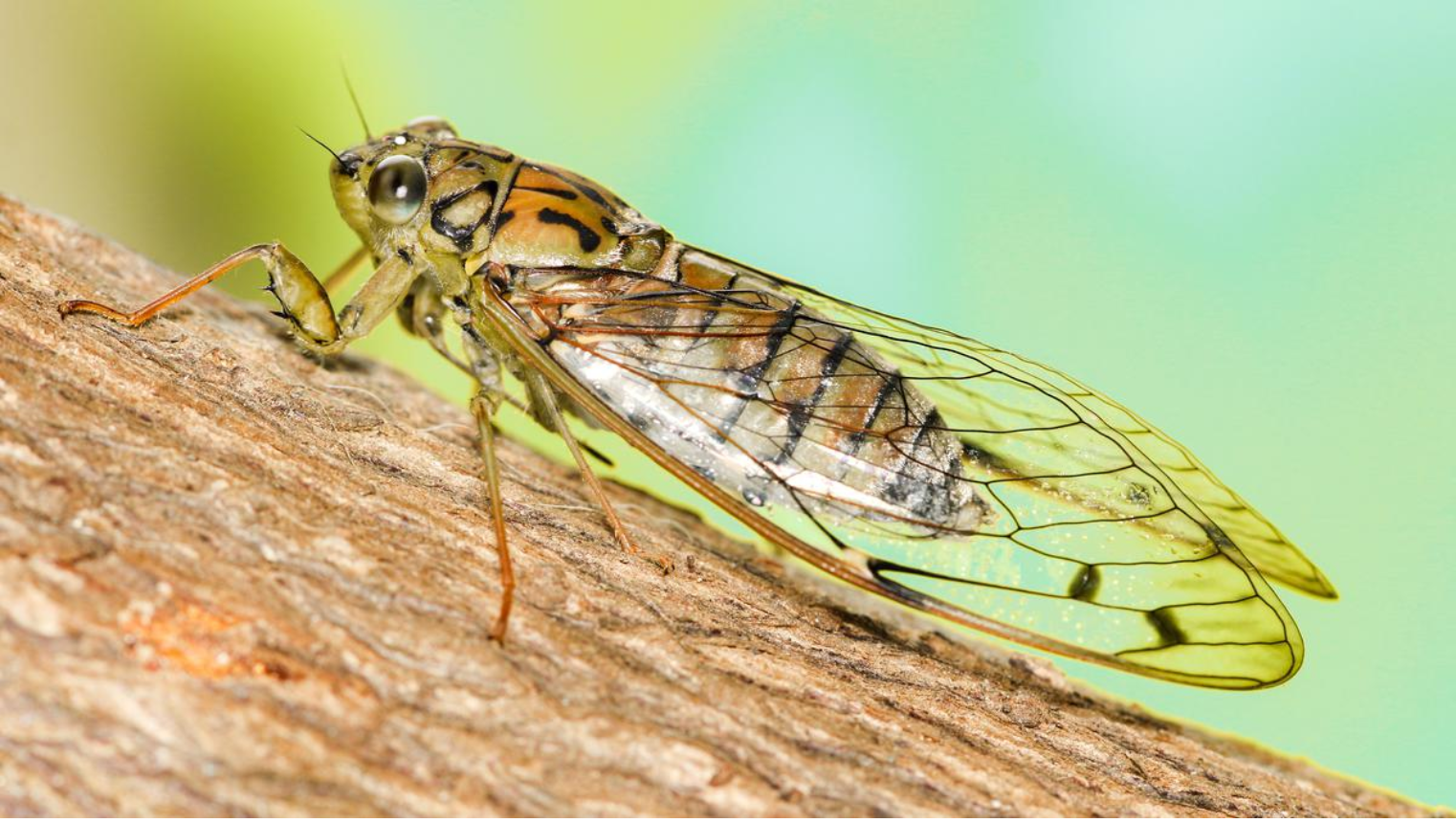Description

Disclaimer: Copyright infringement not intended.
Context
- An insect cicada species, which is commonly found in South India, has assumed an Indian identity in light of the finding of a new study.
- Earlier it was known as Purana tigrina and since 1850 was considered to be of Malaysian origin.
- It is now named as Purana cheeveeda (after its Malayalam name Cheeveedu).
Other Details
- The Association for Advancement in Entomology has now corrected the taxonomic identification and classification of this species.
- Earlier cicada found in the region was considered as the Malaysian species owing to the superficial similarities of these species such as –
Findings of the study/research
- A team of researchers was led by Kalesh Sadasivan, a research associate of Travancore Nature History Society.
- While documenting cicadas, it found differences in the structure of the male genitalia & operculum.
- Morphological characteristics differences were found.
- They compared the specimens to the holotype and specimen of P. tigrina from Malaya.
Significance of this study
- Enriching and identifying biodiversity of the
- More accurate classification of taxonomy of this
- More efforts to understand the distinct features of this species for better conservation.
- It will also help in the impact of decline of this incest on deteriorating quality of soil and vegetation.
- It also implies a high degree of endemism.
Distribution
- Mainly found in Malabar, Travancore and Malaya regions of South India.
- It can also be believed to be found across the tropical evergreen forests ranging from Goa to Kanyakumari.

Cicada
- These are hemipteran insects, also known as true bugs, belonging to the superfamily of Cicadoidea.
- There are more than 3,000 known species of cicadas.
- Most diversity of this species is found in Indian and neighbouring country Bangladesh.
Features
- These generally have two pairs of membranous wings and prominent compound eyes.
- The length is in range of 2 to 5 cm (0.8 to 2 inches).
- They produce loud, high-pitched buzzing sounds during hot weather.
- These are generally found on large trees in natural forests.
- They also occur in deserts, grasslands.
Usefulness of Cicdas
- They help in aerating the soil.
- They are used in folk medicines.
- In some regions they act as religious and monetary symbols.
- This species is an indicator of soil health and vegetation.
- The dead body acts as a nutrient source, nitrogen to be specific, which helps in growth of the plants.
- In some community is an important source of food.
Threats
- Deforestation due to construction activities.
- Frequent natural or human induced forest fires.
- It is also captured for food and medicine purpose
|
PRACTICE QUESTION
Consider the following statements about Cicadas:
1. These are the insects belonging to the super family of Cicadoidea.
2. Purana cheeveeda, a commonly found insect species, is now considered to be of Malaysian origin.
Which of the statements given above is/are correct?
A. 1 only
B. 2 only
C. Both 1 and 2
D. Neither 1 nor 2
Answer: (A)
|

https://www.thehindu.com/news/national/kerala/commonly-found-cicada-species-sheds-its-foreign-tag-to-embrace-an-indian-identity/article67087350.ece












